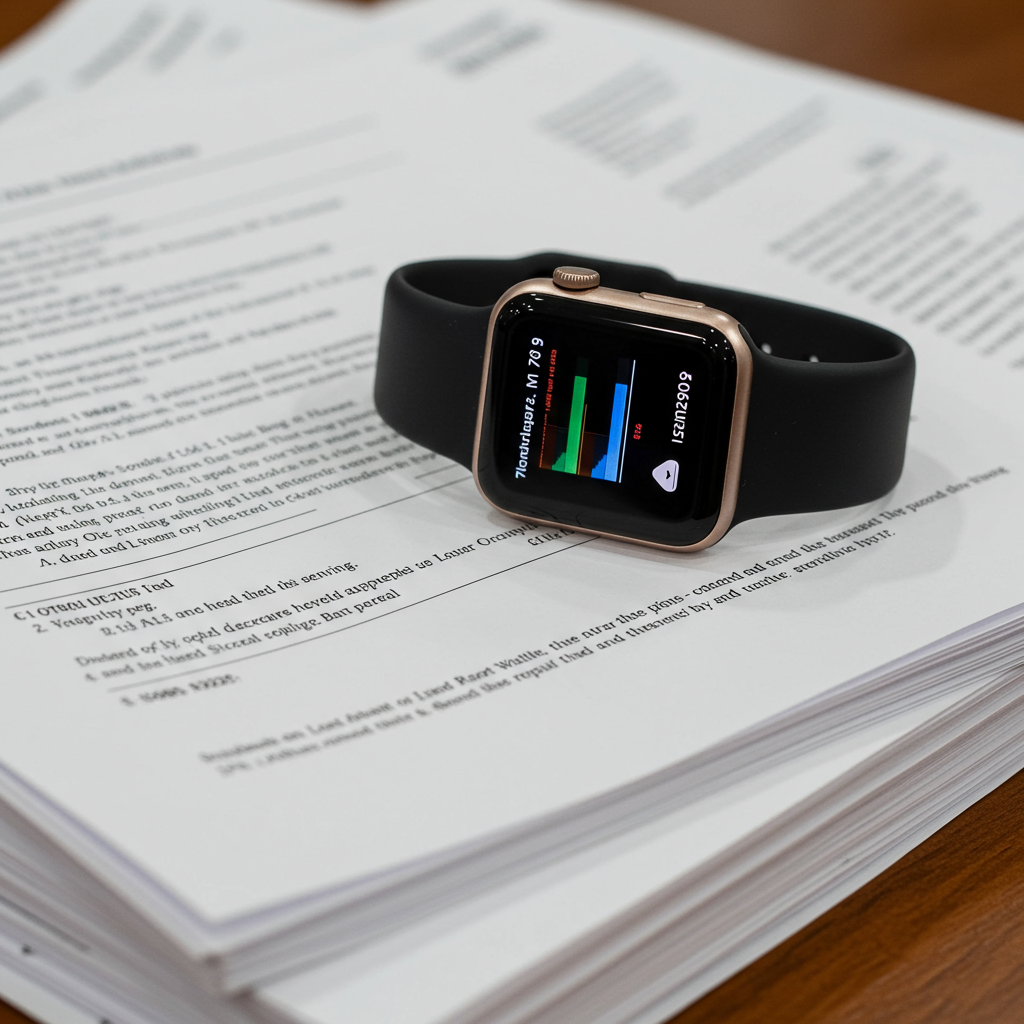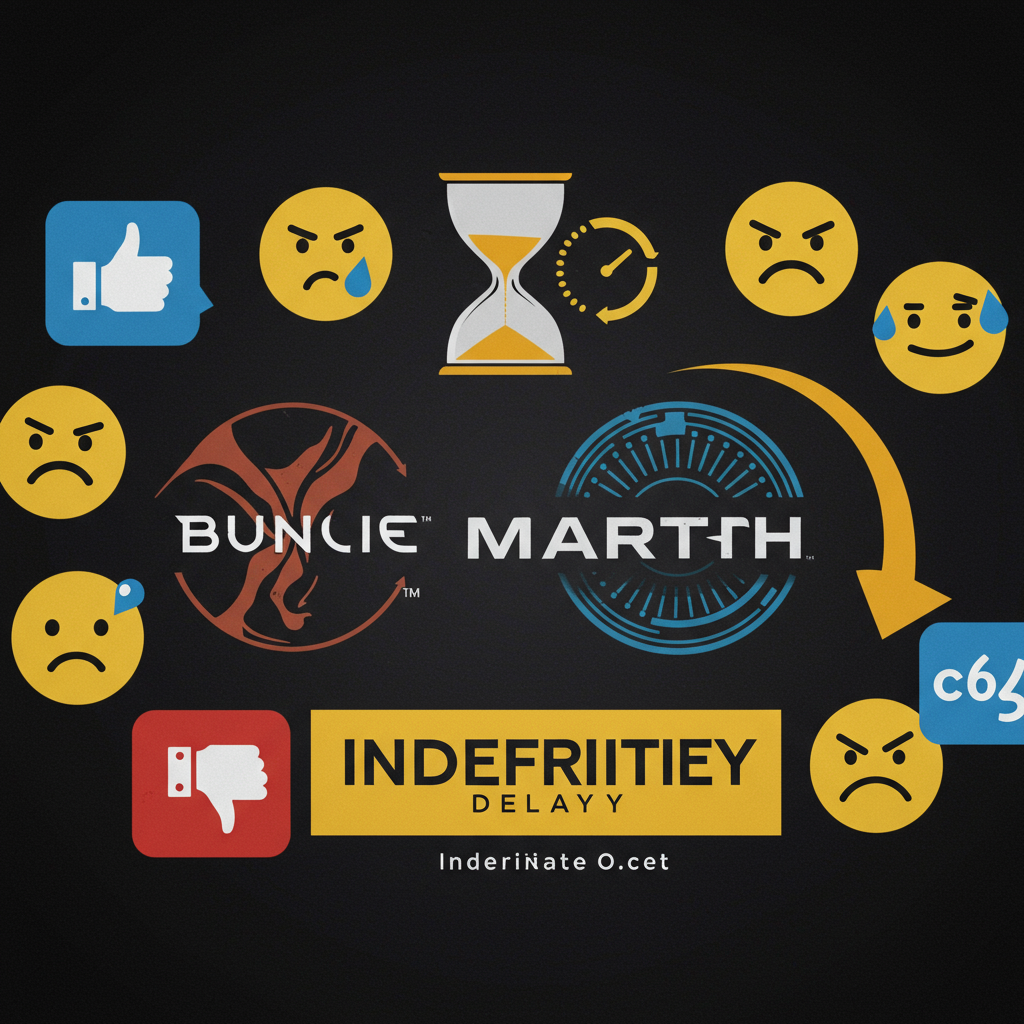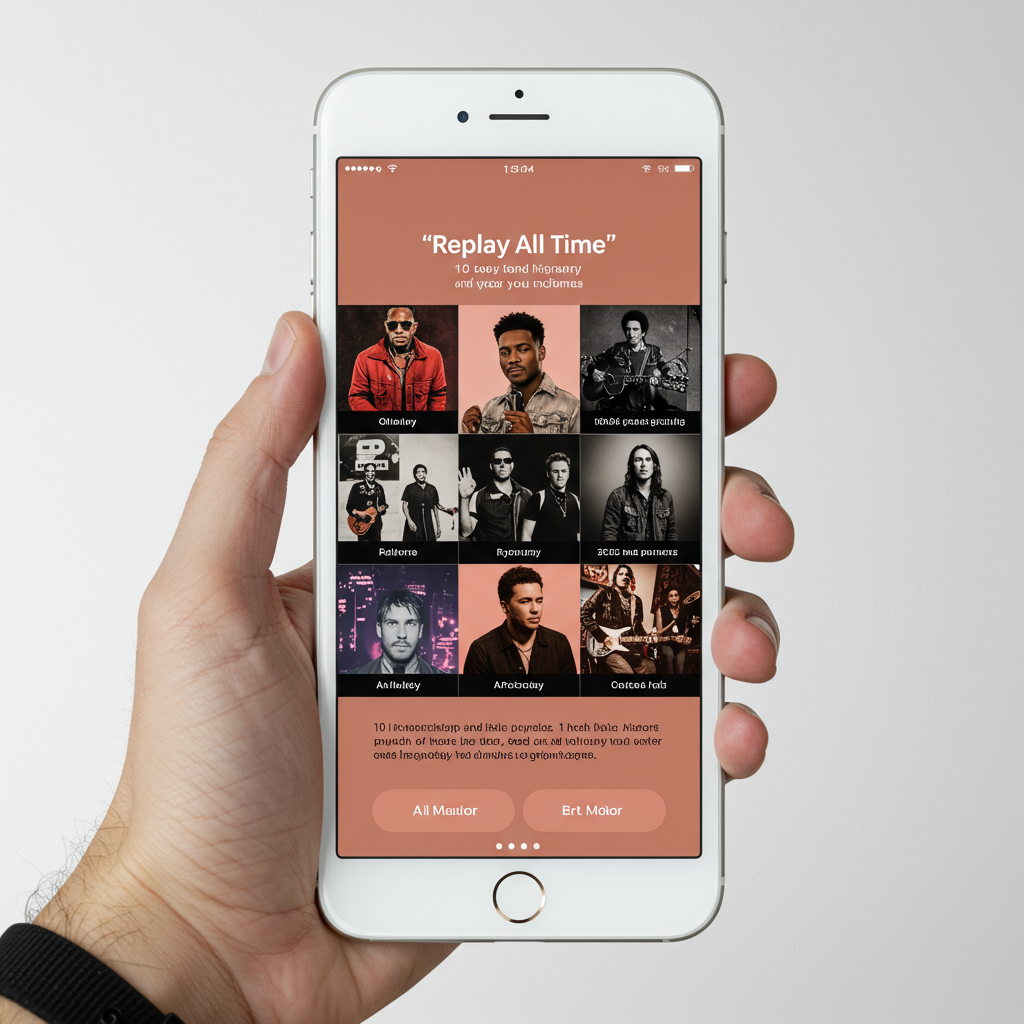apple is fighting fiercely to restore a key health feature to its popular smartwatches in the United States. The tech giant is currently appealing a trade ban that forced it to disable the blood oxygen sensor on certain Apple Watch models. This ongoing legal battle stems from a patent dispute with health technology firm Masimo. The outcome could significantly impact millions of Apple Watch users and the future of wearable health tech.
Why Was the Sensor Banned? Understanding the Dispute
The saga began several years ago. In 2020, Apple introduced the blood oxygen sensor with the Apple Watch Series 6. Masimo, a company specializing in medical monitoring technologies, filed a lawsuit against Apple in 2021. Masimo alleged that Apple had infringed on its patents related to pulse oximetry technology and had even poached key employees familiar with their innovations.
This initial legal action paved the way for a significant ruling by the U.S. International Trade Commission (ITC). In 2023, the ITC found Apple guilty of intellectual property violation. This decision resulted in a trade ban on importing Apple Watch Series 9 and Apple Watch Ultra 2 models into the United States because they contained the disputed blood oxygen sensor.
Initially, Apple briefly halted sales of these models in the US. However, to comply with the ban while continuing to sell watches, Apple implemented a software update. This update effectively disabled the blood oxygen sensing functionality on new Apple Watch Series 9 and Ultra 2 units sold in the US. The watches are still sold, but the feature remains inactive due to the ITC’s ruling.
Apple Takes the Fight to Federal Court
Apple isn’t accepting the ban quietly. The company has taken its case to the US Court of Appeals for the Federal Circuit, seeking to overturn the ITC’s decision entirely. This appeal aims to reverse the import ban, reactivate the blood oxygen feature on affected watches already sold, and allow Apple to include the functionality in future models in the US.
During recent oral arguments on July 7, 2025, Apple’s legal team presented compelling arguments. They contended that the ban unfairly punishes millions of Apple Watch users by removing a valuable health tool. A central point of their argument focused on Masimo’s competing efforts at the time Apple launched the feature.
Apple highlighted that Masimo did not release its own wearable with blood oxygen tracking until 2022, two years after the Apple Watch Series 6 debuted the feature. Apple’s attorney reportedly argued that Masimo only had prototypes of a smartwatch with pulse oximetry features when it filed its ITC complaint in 2021. They suggested that basing an import ban on the existence of mere prototypes was unwarranted.
Key Arguments and Counterpoints in the Appeal
The court hearing saw a clash of legal strategies. Apple is no longer solely focused on challenging the validity of Masimo’s patents, a tactic that proved unsuccessful in prior attempts. Instead, its primary argument now centers on the context of the alleged infringement.
Apple argues that a patent dispute involving a company with an undeveloped, “purely hypothetical” competing device at the time should not justify removing a major feature from a flagship product used by millions. They emphasize the user impact and the severity of the trade ban as a remedy.
Masimo’s legal team pushed back against Apple’s claims. They argued that the existence of a finished competing product at the exact moment of infringement was not necessary to justify the ITC’s decision. Masimo maintains that Apple’s alleged hiring of former Masimo employees provided Apple with access to confidential information and knowledge of Masimo’s innovations, regardless of Masimo’s product development stage.
Reports from the hearing indicated that some judges questioned whether Masimo’s undeveloped device truly warranted the initial import ban, suggesting Apple’s prototype argument might have resonated with the panel.
Beyond the Blood Oxygen Sensor: A Broader Conflict
It’s important to note that the legal conflict between Apple and Masimo extends beyond this single feature. The two companies are engaged in multiple legal battles. In an ironic turn, Masimo’s own W1 smartwatch was later found to infringe on Apple’s design patents.
Apple even initiated a separate lawsuit specifically over Masimo’s design infringement. While Apple won this case and was awarded a small sum, experts believe this was a strategic move. By securing a victory and potentially seeking an injunction against Masimo, Apple hoped to gain leverage. The aim was to potentially use this outcome in further legal battles to challenge the existing ITC import ban on the blood oxygen feature. However, this specific design patent case does not appear to have directly led to the blood oxygen feature’s return yet.
The intense patent dispute is also cited as a factor potentially contributing to fluctuations in Apple Watch shipments, particularly when the ban was temporarily enforced.
The Road Ahead: Uncertainty and Potential Solutions
The US Court of Appeals for the Federal Circuit has heard the arguments from both sides but has not yet issued a decision on Apple’s appeal. The outcome remains uncertain. A ruling in Apple’s favor could lead to the feature being reactivated via a software update and included in future US models. However, if the court upholds the ITC’s decision, the ban on the blood oxygen sensor will remain in place for new watches sold in the US.
Should the appeal fail, the most likely path for the blood oxygen feature to return to Apple Watch in the US appears to be a licensing agreement. Apple could potentially negotiate a deal with Masimo to license the disputed technology. Recent changes in Masimo’s leadership, including the departure of its former CEO who was notably critical of Apple, might potentially make Masimo more open to such a negotiation. Without a legal victory overturning the ban, a licensing deal remains the most viable option for Apple to restore this functionality to its US customers.
The legal battle continues to unfold, leaving the availability of the Apple Watch’s blood oxygen sensor in the US in limbo.
Frequently Asked Questions
What is the current status of the Apple Watch blood oxygen sensor in the US?
The blood oxygen sensor feature is currently disabled on new Apple Watch Series 9 and Apple Watch Ultra 2 models sold in the United States. This is a direct result of a trade ban imposed by the U.S. International Trade Commission (ITC) in 2023, which found Apple infringed on patents held by Masimo. Apple continues to sell these watches in the US, but the specific functionality is turned off via software.
Why did the ITC ban the Apple Watch blood oxygen sensor?
The ban originated from a legal dispute initiated by health technology company Masimo. Masimo alleged that Apple’s blood oxygen sensing technology infringed upon Masimo’s patents. Following an investigation, the ITC agreed with Masimo in 2023, ruling that Apple had violated intellectual property rights related to this feature. This ruling led to the import ban on affected Apple Watch models.
Will the Apple Watch blood oxygen sensor feature return to watches sold in the US?
The return of the feature depends on the outcome of Apple’s current legal efforts or potential future negotiations. Apple is appealing the ITC’s ban in federal court, hoping to overturn the decision. If Apple wins the appeal, the feature could be reactivated. If the appeal is unsuccessful, the most likely way for the feature to return would be if Apple reaches a licensing agreement with Masimo to use the patented technology.



